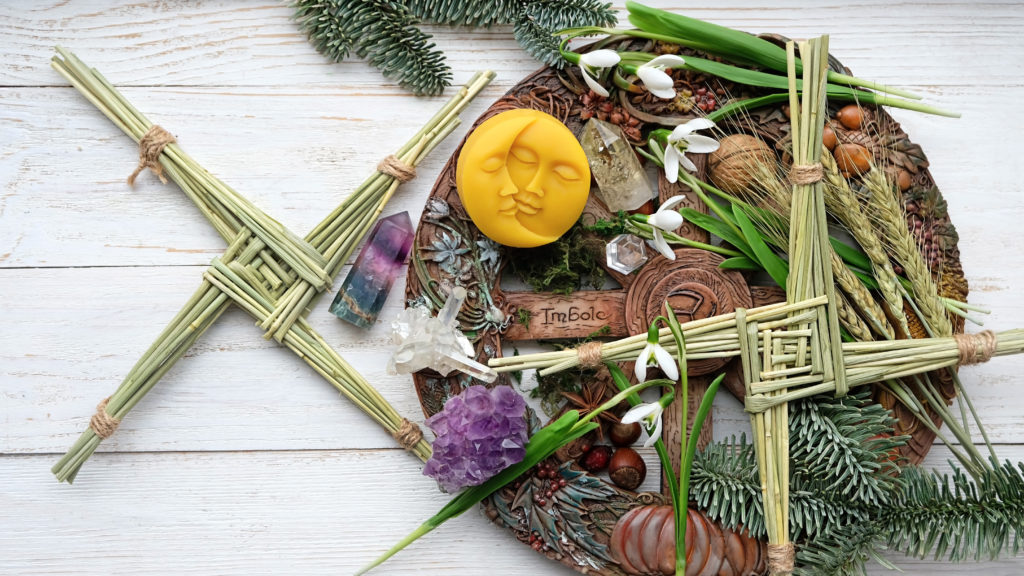
The primary pagan winter rituals would be those not specifically based upon any Christian or other religious-based holidays. Yule or Yuletide (“Yule time” or “Yule season”) is the most common of these, a festival historically observed by the Germanic cultures. Additionally, connections have been found between celebrations of Yule to the Wild Hunt, the god Odin, and the pagan Anglo-Saxon Mōdraniht.
The shortest day of the year, December 21, is around the corner, marking the end of fall and the official start of winter. The winter solstice is an ancient pagan holiday known for rituals and traditions that celebrate nature and set one’s intentions for the coming season. Curious how to celebrate? Here are some customary ways to celebrate the solstice—you might notice that some resemble beloved Christmas traditions.
Yule, the winter solstice, is a time of great symbolism and power. It is a time of reflection, during the darkest and longest night of the year. It marks the return of the sun when the days finally begin to get a little longer. It’s also a time to celebrate with family and friends and share the spirit of giving during the holidays. Some very important Yule rituals are the most important Pagan winter rituals that can celebrate the turn of the season.
With this seeming so important a time, why not take a moment to offer up a moment honoring Yule? There are several different devotions or celebrations that work to honor this time with some of the following being the most commonly recognized:
- Build a Yule altar: An iconic part of the winter solstice is the yule altar, serving to honor the return of the sun. One of the most important items is a candle that symbolizes the sun—ideally a golden-, silver-, or yellow-hued candle.
- Make an evergreen Yule wreath: For your yule altar or your doorway, a wreath from evergreens like pine, fir, juniper, and cedar is a classic way to honor the season. In ancient pagan cultures, evergreens were associated with protection and prosperity.
- Burn a Yule log: Historically, this was a Nordic tradition, where a whole tree was brought into the home to burn for the entire 12 days of Christmas. In modern days the log alone was used for a much safer ritual!
- Decorate a Yule tree: Hey, you likely already have a tree, right? You’ve likely already decorated your Christmas tree by December 21, but pagan traditions include so much more specific ornaments to symbolize the sun, moon, and stars, as well as remembrances of loved ones that were lost.
No matter what, it is so easy to celebrate the winter solstice and other historic festivals focused on the pagan Yule. There is no real reason to drift far from the modern celebrations of Christmas while learning much more about history!










